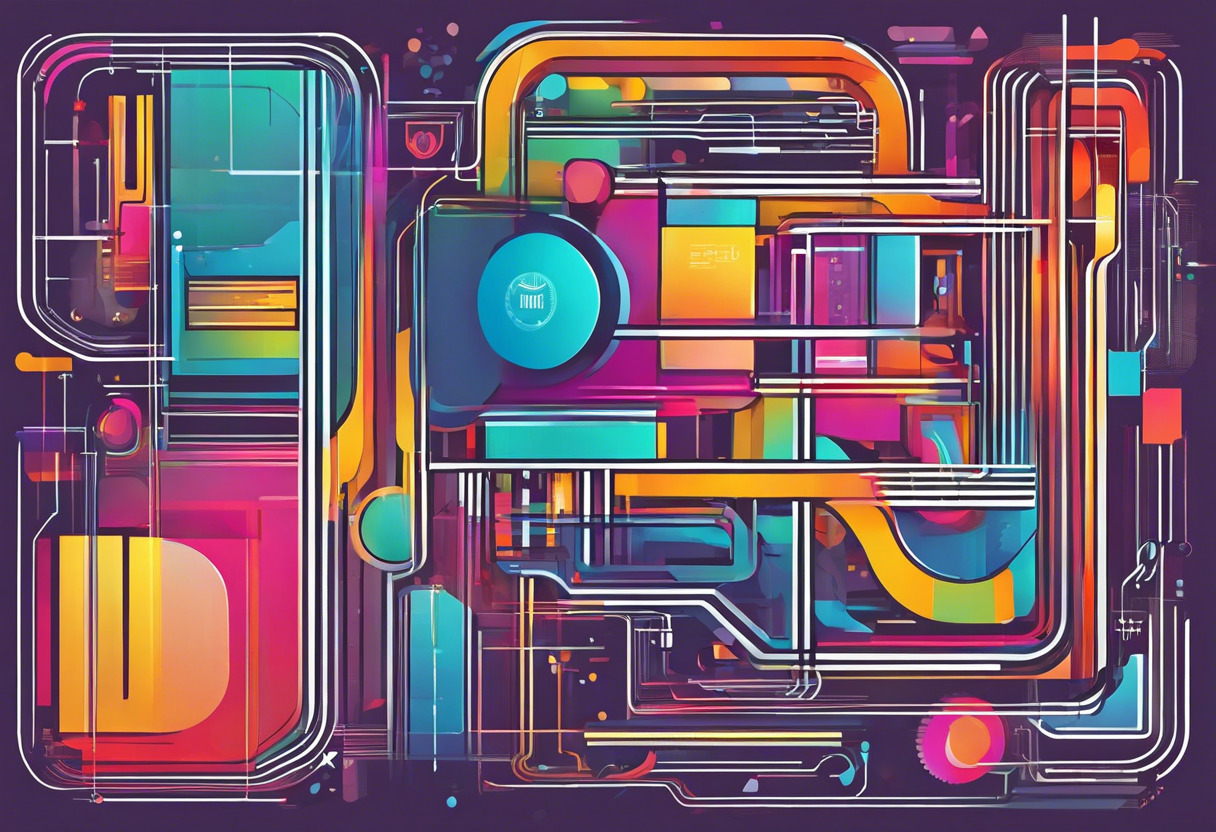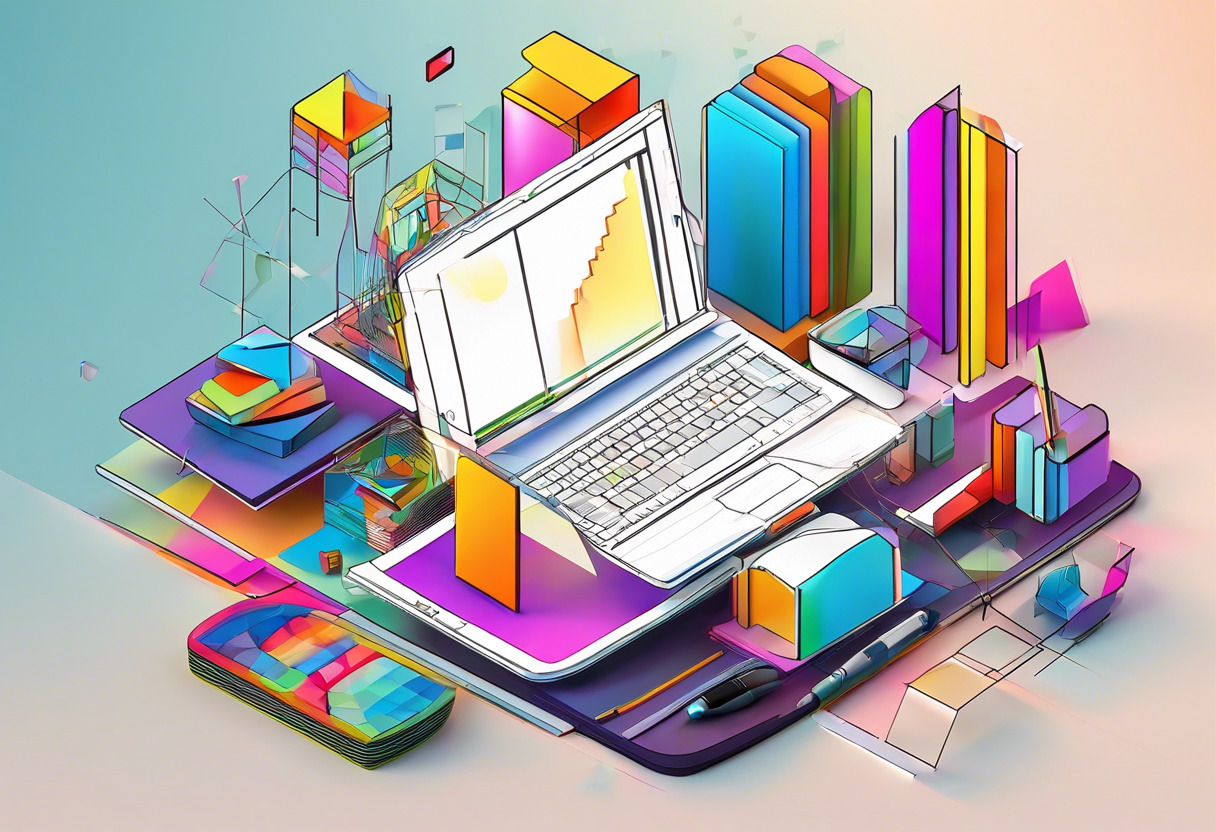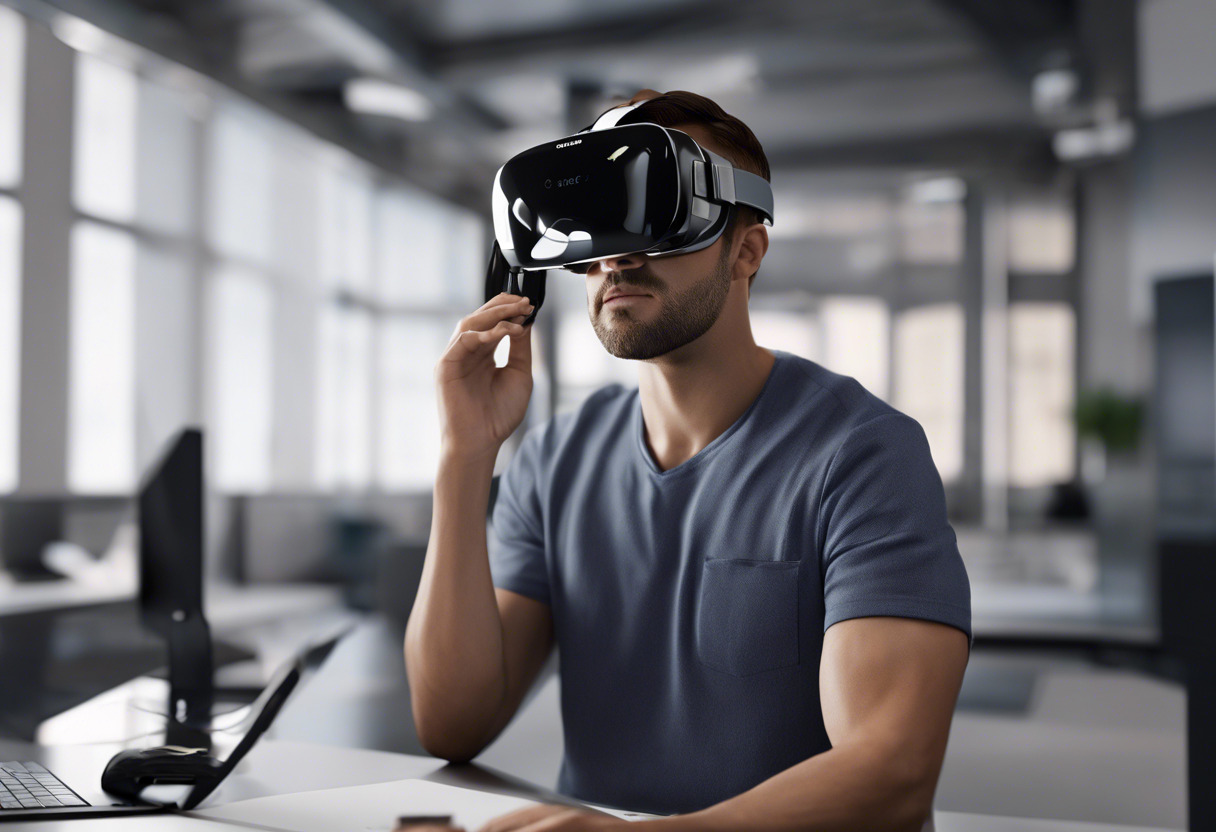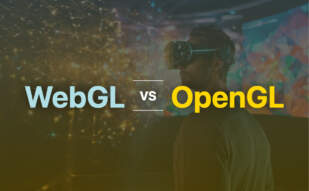WebGL, with its user-friendly capabilities and broad platform support is ideal for simpler, online 3D graphics. Advanced users, however, should consider WebGL 2 for its hands-on approach and superior 3D application performance. Knowledge of 3D math is required for use, but the payoff is enhanced customization.

Key Differences Between WebGL and WebGL 2
- API level: WebGL is a low-level 3D graphics API, while WebGL 2 is a rasterization engine.
- User-Friendliness: WebGL is easy to use with automatic memory management, WebGL 2 requires understanding of complex 3D aspects.
- 3D Capabilities: WebGL offers basic 3D graphics, WebGL 2 allows more realistic 3D scene rendering.
- Knowledge Requirement: WebGL doesn’t demand vast 3D knowledge, WebGL 2 requires comprehensive 3D math understanding.
- 3D Applications: WebGL is ideal for simpler 3D Apps, WebGL 2 is better for advanced, highly-interactive 3D applications.
| Comparison | WebGL | WebGL2 |
|---|---|---|
| Utility | Api provides cross-platform compatibility, GPU 3D acceleration, native GLSL support, and DOM interface integration | Works on GPU, requires code in GLSL and user-supplied vertex and fragment shaders, processes geometric primitives in parallel |
| Limitations | Uses OpenGL which is relatively slower, lacks DirectX’s comprehensibility. Quality issues lead most games to opt for Windows-targeted D3D10+. | Requires developer-provided knowledge for 3D math, handling of normalized coordinates, frustums and more. |
| Compatibility | The web standard for both desktop and mobile. Supported by iOS Safari, Android Browser, and Chrome for Android. | Offers advanced techniques for creating 3D applications, but requires in-depth developer knowledge. |
| Developer Friendly | JavaScript enables automatic memory management. No need for compilation makes WebGL applications developer-friendly. Run without a JVM, controlled by the web browser. | Demands a hands-on approach for efficient use. Developers must provide their own vertex and fragment shaders. |
What Is WebGL and Who’s It For?
WebGL, fuelled by the demise of Flash, ascended as the default choice for online, interactive 3D graphics. It’s an influential low-level 3D graphics API linked to ECMAScript through HTML5 Canvas and built upon OpenGL ES. WebGL is for developers desiring cross-platform compatibility, GPU-accelerated 3D graphics, GLSL support, and direct DOM interface integration, all possible without plugins and right into their browsers. It also caters to mobile with iOS Safari, Android Browser, and Chrome support.
An open-source tool, WebGL is developer-friendly thanks to JavaScript automatic memory management and sans compilation. Developers familiar with ES 2.0 functionalities will find WebGL suits their needs, especially on modern 3D graphics hardware, facilitated by HTML5’s fresh features for 3D graphics support.

Pros of WebGL
- Plugin-free 3D web graphics
- Cross-platform compatible
- Supports mobile browsers
- JavaScript automatic memory management
- Open-source and developer-friendly
Cons of WebGL
- Slow due to OpenGL usage
- Lacks DirectX’s comprehensivity
- Dependent on browser APIs
- Run-tech varies based on platform
What Is WebGL2 and Who’s It For?
WebGL2 is a rasterization engine distinct from regular 3D libraries. Despite not handling specific 3D aspects itself, it’s the heart of visually captivating, high-performance 3D applications. Developers must be well-versed in matrix math, normalized coordinates, frustums and cross products to leverage WebGL2 effectively. The key lies in building interactive 3D applications by rendering objects via a “divide and conquer” strategy.
WebGL2 is a boon for developers familiar with 3D math and wishing to create an immersive interactive 3D application. For them, WebGL2 provides a clear, efficient means of using functional geometry and prepares 3D organizations for the future.

Pros of WebGL2
- Renders high-performance 3D applications
- Supports light reflection and texturing
- Useful for building interactive 3D applications
- Efficient use of functional geometry
Cons of WebGL2
- Requires extensive developer knowledge in 3D math
- Not a comprehensive 3D API
- Demanding hands-on approach for efficient use
- Lacks inherent 3D math knowledge
Code Examples for WebGL & WebGL 2
WebGL
This WebGL example will create an animated, rotating 3D torus knot. The prerequisites are that you have the latest version of a WebGL-compatible browser, and the THREE.js library needs to be included in your HTML for the code to function optimally.
// Create scene, camera & renderer
var scene = new THREE.Scene();
var camera = new THREE.PerspectiveCamera(75, window.innerWidth/window.innerHeight, 0.1, 1000);
var renderer = new THREE.WebGLRenderer();
// Add torus knot geometry
var geometry = new THREE.TorusKnotGeometry(10, 3, 100, 16);
var material = new THREE.MeshBasicMaterial({ color: 0x00ff00 });
var torusKnot = new THREE.Mesh(geometry, material);
scene.add(torusKnot);
// Position camera and start animation loop
camera.position.z = 50;
function animate() {
requestAnimationFrame(animate);
torusKnot.rotation.x += 0.01;
torusKnot.rotation.y += 0.01;
renderer.render(scene, camera);
};
animate();WebGL 2
This WebGL 2 example will display an animated fractal on a 2D plane. To achieve optimal performance, it requires the latest version of a WebGL 2-compatible browser and the glMatrix library for vector and matrix computations.
// Create Canvas and Context
var canvas = document.createElement('canvas');
document.body.appendChild(canvas);
var gl = canvas.getContext('webgl2');
// Vertex Shader
var vertexShader = gl.createShader(gl.VERTEX_SHADER);
gl.shaderSource(vertexShader, `
attribute vec4 position;
void main () {
gl_Position = position;
}
`);
gl.compileShader(vertexShader);
// Fractal Fragment Shader
var fragmentShader = gl.createShader(gl.FRAGMENT_SHADER);
gl.shaderSource(fragmentShader, `
precision mediump float;
uniform float time;
void main () {
vec2 uv = gl_FragCoord.xy / 500.0;
vec2 p = uv * 2.0 - 1.0;
float a = atan(p.x,p.y);
float r = length(p);
vec3 color = vec3(0.5*sin(3.0*(a-time))+0.5, 0.5*cos(3.0*(a-time))+0.5, 0.5*sin(time)+0.5);
gl_FragColor = vec4(color,1.0);
}
`);
gl.compileShader(fragmentShader);
// Program
var program = gl.createProgram();
gl.attachShader(program, vertexShader);
gl.attachShader(program, fragmentShader);
gl.linkProgram(program);
gl.useProgram(program);The Ultimate Verdict: WebGL Vs WebGL 2
When it comes to a clash between WebGL and WebGL 2, the choice is far from simple. The decision is contingent on your specific needs, understanding, and application’s nature. Still, as we’re passionate about this discourse, here we go!
Developers with Advanced 3D Knowledge
If you’re a developer with an intricate understanding of matrix math, frustums, and cross products, you might lean towards WebGL2. Its rasterization engine and depth buffer for depth sorting provide the complexity you thrive on. WebGL2 requires, and allows for, extensive hands-on coding. That said, remember that WebGL2 does not handle 3D aspects by itself.

New To 3D Graphics Development
In stark contrast, if you’re dipping your toes into the vast sea of 3D graphic development, WebGL1 could be your best bet. Armed with JavaScript’s ease and HTML5’s versatility, WebGL offers straightforward 3D graphics handling and a user-friendly interface. It brings 3D to the web bare of any tortuous plug-ins, coupled with an open practically universal support.

AR/VR Content Creators
For AR/VR content creators focused on developing compelling and immersive experiences, WebGL2 may be the extra spark needed. The API comes with advanced features for light reflection, texturing, and utilizing functional geometry. This finesse in WebGL2 affords visually stunning, high-performance 3D applications.

The loyalty to WebGL Vs WebGL2 is calibrated by your skill set and project specifics. WebGL1 shines for its universal support and developer-friendly interface, while WebGL2 impresses with its depth, and ability to render complex scenes. Dissect your needs, match your skills, and may the best API win!
Tiffany Brise
Content writer @ Aircada, patiently awaiting a consumer AR headset that doesn’t suck.





